Frequently Asked Questions
1. What is the ADA?
The Americans with Disabilities Act (ADA) was passed by Congress in 1990 and has applications in many areas of society, and many affect the employment relationship.
- The ADA makes it illegal to discriminate against a qualified person with a disability in the private sector and in state and local governments.
- The law also makes it illegal to retaliate against a person because the person complained about discrimination under the act, filed a charge of discrimination, or participated in an employment discrimination investigation or lawsuit.
- The law also requires that employers reasonably accommodate the known physical or mental limitations of an otherwise qualified individual with a disability who is an applicant or employee, unless doing so would impose an undue hardship on the operation of the employer’s business.
- The law prohibits discrimination against an employee or applicant based on their relationship with a person who is disabled (such as a child or spouse).
In 2018, 24,605 ADA discrimination charges were filed with the EEOC, making up more than 32% of all discrimination charges.
2. What is the ADAAA?
The American with Disabilities Act as Amended (ADAAA) became effective in January 2009. The ADAAA made it easier for individuals to establish that they have a disability and in turn qualify for protection under the ADA. According to the EEOC, “[t]he ADAAA states that the definition of disability should be interpreted in favor of broad coverage of individuals.” This amendment also addressed additional time off after FMLA rights expired as a valid accommodation.
3. Does my organization have to comply with the ADA?
Organizations with 15 or more employees must comply with the ADA.
4. What is a disability?
The EEOC protects individuals who have a disability and otherwise qualified to perform the essential duties of a particular job. However, for discrimination purposes, the perception of a disability on the part of the employer (or a past disability) can be included. An applicant or employee may be covered under these regulations, therefore, in several cases:
- he or she has a physical or mental condition that substantially limits a major life activity (such as walking, breathing, seeing, talking, hearing or learning).
- he or she has a history of a disability (such as cancer that is in remission)
- he or she is believed to have a physical or mental impairment that is not transitory (lasting or expected to last six months or less) and minor (even if he does not have such an impairment).
5. Which disabilities are protected by the ADA?
There is no list of conditions for employers to reference to determine what is or isn’t covered, since some conditions may (for example) have different impacts on different people. There are, however, examples and guidelines provided as guidance. It is important not to rule out shorter-term disabilities, as in some cases, these would be considered ADA covered.
Some examples: a severe leg injury which will cause an employee to be out of work for a month, plus require time on crutches and potential ongoing walking issues, would likely be covered. A back injury which limited lifting to 20 pounds for several months would likely be covered as well. A cold or flu lasting a week or two? It is unlikely, unless there are complications.
There are times when you will know an employee has a disabling condition without needing any additional information (for example, they are permanently in a wheelchair). There are other times when you may request that the employee provide documentation to support the need for reasonable accommodation.
6. What is a reasonable accommodation?
A reasonable accommodation is one that enables the employee to complete the essential functions of the job and does not cause an undue hardship to the business. A reasonable accommodation request may be made in the application for employment process, interview process or on the job. A reasonable accommodation process could also be job-protected leave (even beyond the end of FMLA leave); however, there is no need to provide leave should the employee’s health care provider be unwilling to provide an estimated return date, as this does not indicate that the accommodation’s purpose is to assist the employee to return to the essential functions of the job.
7. What is an interactive process?
A reasonable accommodation is determined by an interactive process between the employer, the employee and/or their representative, and the employee’s health care provider. Often, the employee will be asked to provide their health care provider with an accommodation form and their job description. The health care provider can then assist with describing what limitations the employee may have and how the employer could support them in performing the essential functions of the job.
8. What resources are available?
- EEOC web page on ADA: http://www.eeoc.gov/laws/types/disability.cfm
- ADAAA Fact Sheet: http://www.eeoc.gov/laws/regulations/adaaa_fact_sheet.cfm
- Federal Register: https://www.federalregister.gov/articles/2011/03/25/2011-6056/regulations-to-implement-the-equal-employment-provisions-of-the-americans-with-disabilities-act-as
- JAN – The Job Accommodation Network: https://askjan.org/
- Catapult offers templates and tools in the HR Toolkits. Our consultants are happy to assist you with developing an ADA/ADAAA policy.

